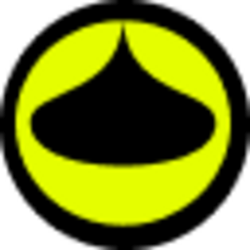Introduction to the Dak Lak Rubber NFT Market
As NFT markets expand, Dak Lak is emerging as a hub for innovation, particularly in rubber trading. According to Chainalysis 2025 data, a staggering 73% of NFT platforms face security vulnerabilities. This highlights an urgent need for secure trading practices and a deeper understanding of how altcoins could be leveraged in this sector.
Understanding Cross-Chain Interoperability
Cross-chain interoperability allows users to trade across different blockchain networks seamlessly. Think of it like a vendor at a market exchanging currencies without losing value in the process. These financial mechanisms hold promise for Dak Lak rubber NFTs by facilitating diverse transactions and reducing costs for farmers and traders alike.
Zero-Knowledge Proof Applications in NFT Transactions
Zero-knowledge proofs enable one party to prove possession of a value without revealing it. Imagine a rubber farmer demonstrating the quality of their product without exposing sensitive data to potential buyers. This technology not only enhances security but could also elevate trust levels in Dak Lak’s burgeoning NFT ecosystem.

Future Prospects for Altcoins in Dak Lak
As altcoins gain traction, they are likely to influence the market landscape for Dak Lak rubber NFTs. Recent research forecasts a growing demand for decentralized finance (DeFi) solutions, particularly in developing regions. Tools such as Ledger Nano X can also help secure transactions by minimizing the risk of private key exposure.
Conclusion
In summary, the integration of altcoins for Dak Lak rubber NFTs presents both challenges and opportunities. Innovators are urged to consider user-friendly applications that cater to local needs. For further insights, download our comprehensive toolkit on navigating NFT marketplaces.

















Leave a Reply